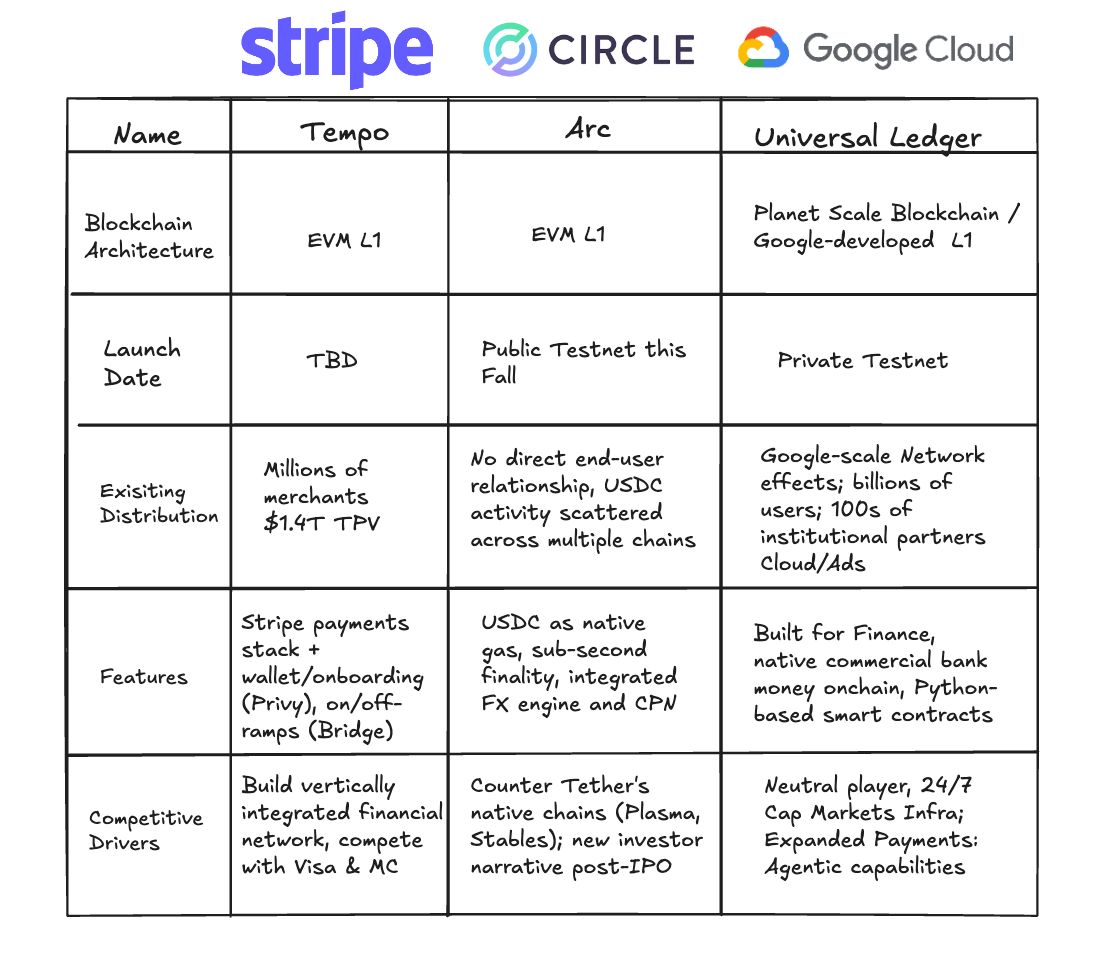Google Cloud’s Universal Ledger is an in-development layer‑1 blockchain designed as a neutral, bank‑grade infrastructure for financial institutions, supporting Python smart contracts and piloted with CME for tokenization and payments to enable 24/7 settlement efficiencies.
-
Neutral, institution-focused layer‑1 blockchain
-
Python-compatible smart contracts and bank-grade functionality for large-scale finance
-
Pilot with CME targets tokenized asset settlement; Google to publish technical details soon
Google Universal Ledger: neutral, bank‑grade layer‑1 blockchain for institutions — learn how GCUL could reshape tokenized settlement. Read more.
What is Google Universal Ledger (GCUL)?
Google Universal Ledger is Google Cloud’s in-development layer‑1 blockchain intended as a neutral, planet‑scale ledger for financial institutions. It aims to support Python-based smart contracts and provide bank‑grade features for tokenization, clearing and payments, with pilots underway to validate real‑world settlement use cases.
How is Google positioning GCUL as a neutral blockchain for finance?
Google Cloud executives describe GCUL as the outcome of years of internal R&D, designed to avoid vendor lock‑in and appeal across the payments and stablecoin ecosystem. The project emphasizes compatibility with existing financial rails and neutrality—presented as a reason firms might prefer it over provider‑specific networks.

Who is testing the Universal Ledger and what are the use cases?
Google Cloud is piloting GCUL with the Chicago Mercantile Exchange (CME) Group to test tokenized asset settlement and wholesale payment systems. The pilot aims to evaluate collateral, margin, settlement and fee payments under a 24/7 trading model, with broader market participant trials planned from 2026.
What distinguishes GCUL from other industry layer‑1 projects?
Unlike some networks centered on a single stablecoin or payments provider, GCUL is presented as an open infrastructure layer targeting billions of users and bank‑grade controls. For comparison: Circle’s Arc centers on USDC‑optimized stablecoin finance, and other firms are developing proprietary chains linked to their payment ecosystems.
Why does CME’s pilot matter?
The CME pilot is significant because CME is a core market infrastructure participant with record Q2 2025 revenue of $1.7 billion and average daily volumes of 30.2 million contracts. A successful pilot could validate GCUL for high‑value, high‑throughput financial plumbing like collateral management and wholesale settlement.
How will GCUL support institutional requirements?
Google Cloud positions GCUL to include bank‑grade functionality, enterprise security and Python smart contract support. These design choices aim to meet compliance, auditability and integration needs of clearinghouses, banks and regulated payments firms during tokenization and settlement workflows.
Frequently Asked Questions
Is Google Universal Ledger a public blockchain?
Google describes GCUL as an open infrastructure layer intended to be credibly neutral and accessible to institutions, but specific governance and permissioning details have not yet been fully disclosed by Google Cloud.
Will GCUL support existing stablecoins and payment networks?
Google positions GCUL to be compatible with established payment and stablecoin ecosystems in a neutral way; detailed integrations and partnerships will be clarified as technical documentation is released.
Key Takeaways
- Neutral infrastructure: GCUL is designed to avoid vendor lock‑in and appeal to diverse financial firms.
- Institutional focus: Pilot with CME targets collateral, settlement and payment efficiencies for 24/7 trading.
- Technical direction: Python smart contract support and bank‑grade functionality aim to meet enterprise needs.
Conclusion
Google Cloud’s Universal Ledger signals a major tech‑cloud entrant into institutional blockchain infrastructure, emphasizing neutrality, Python smart contracts and bank‑grade features. With CME pilots underway and technical details forthcoming, GCUL could influence how tokenized settlements and wholesale payments evolve across global finance.
Published: 2025-08-27 | Updated: 2025-08-27